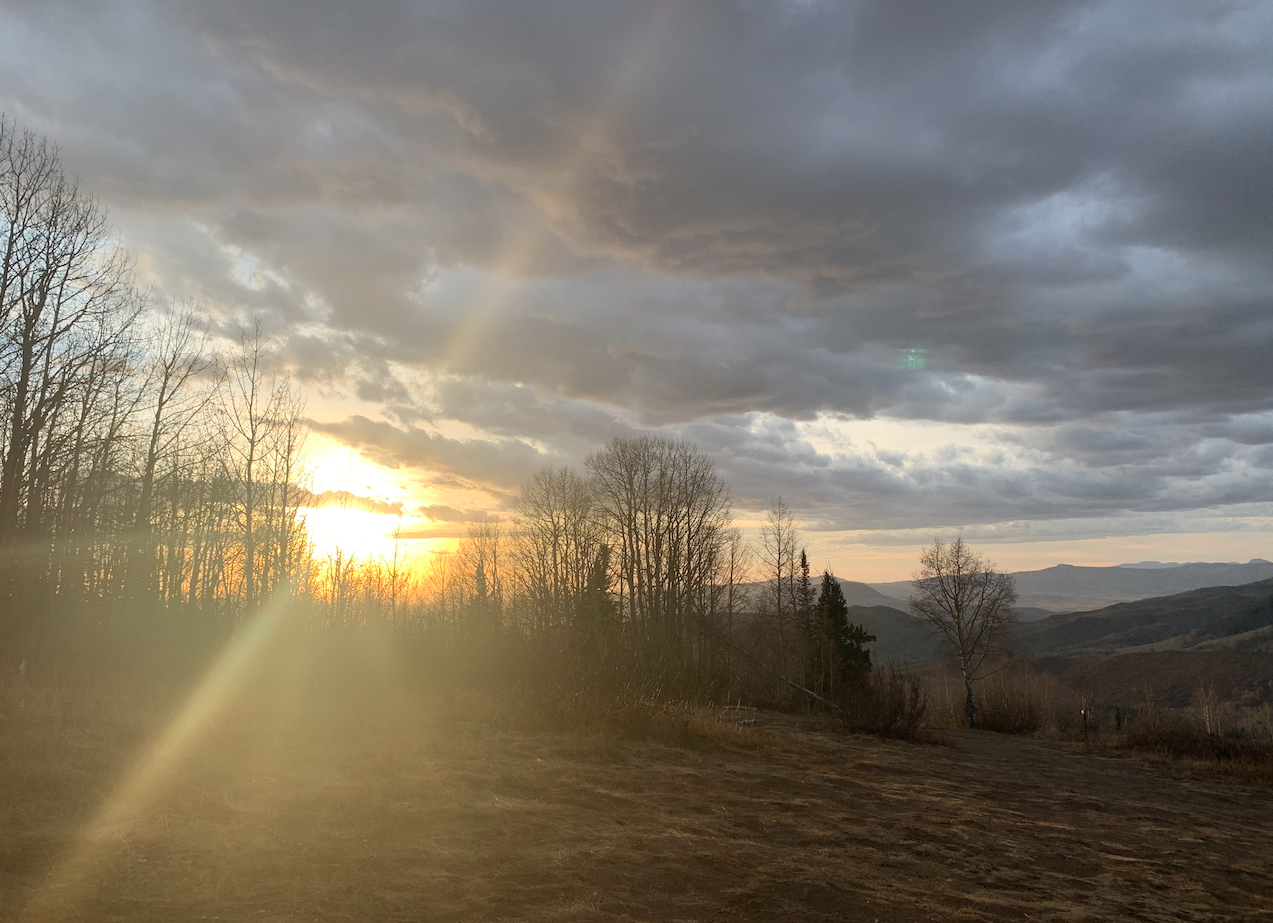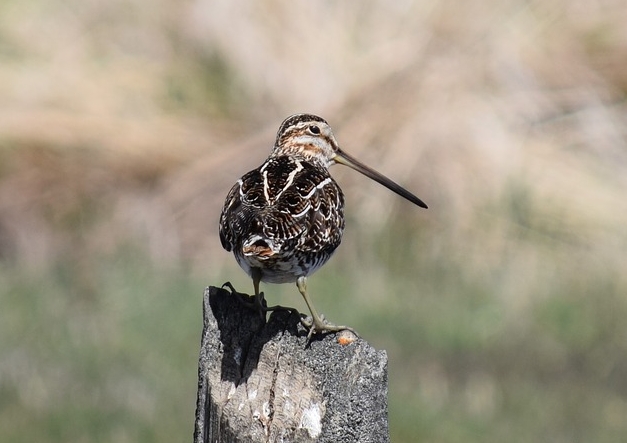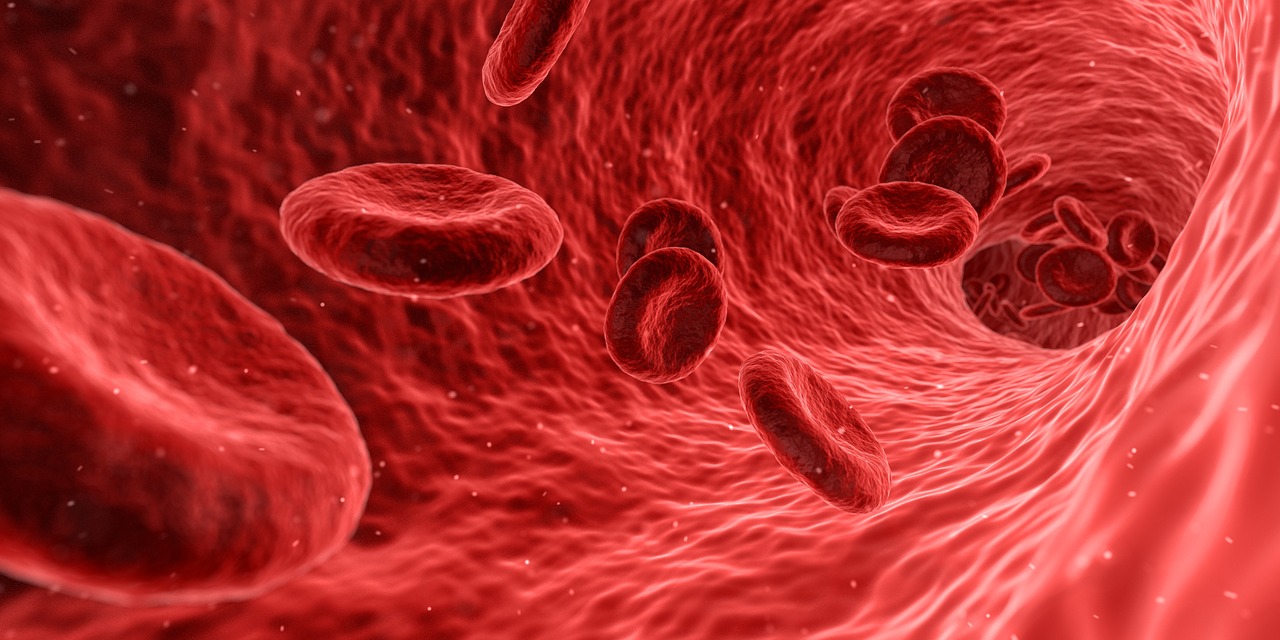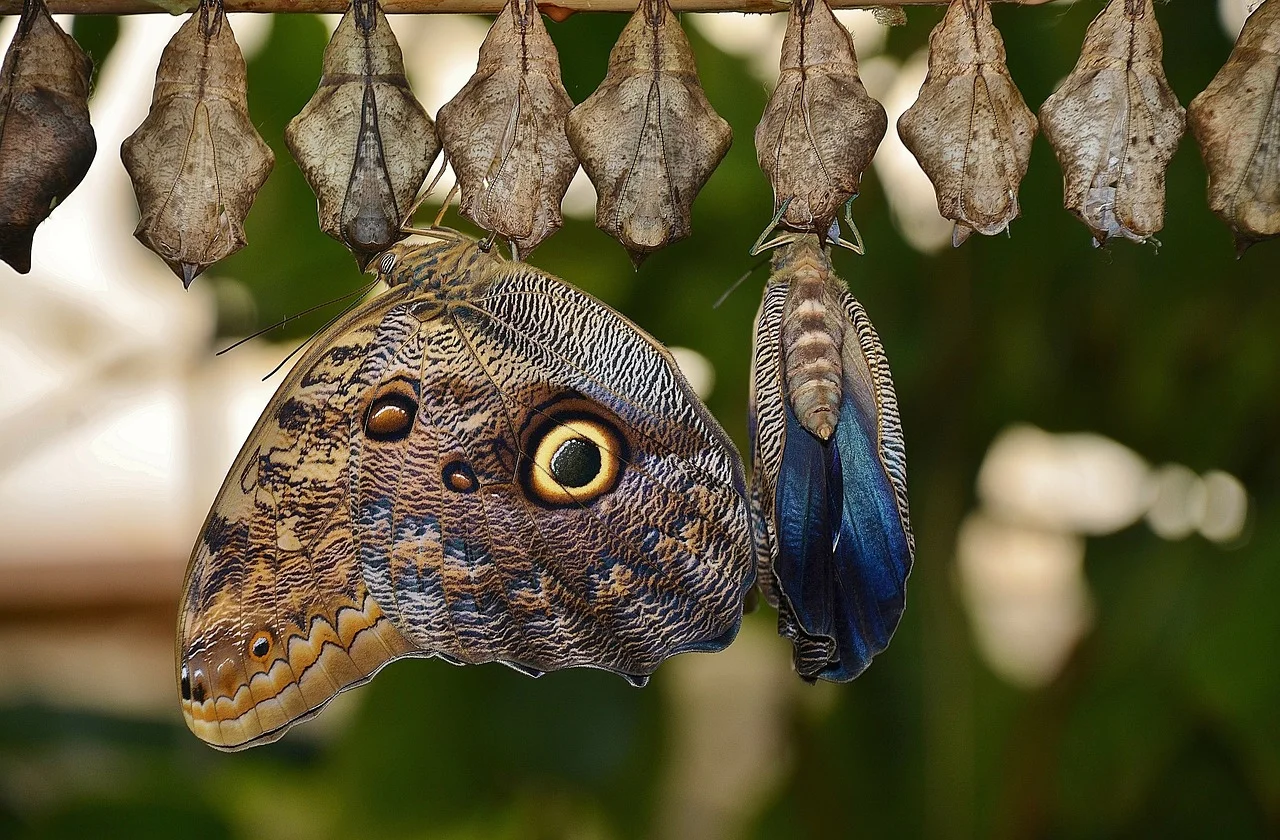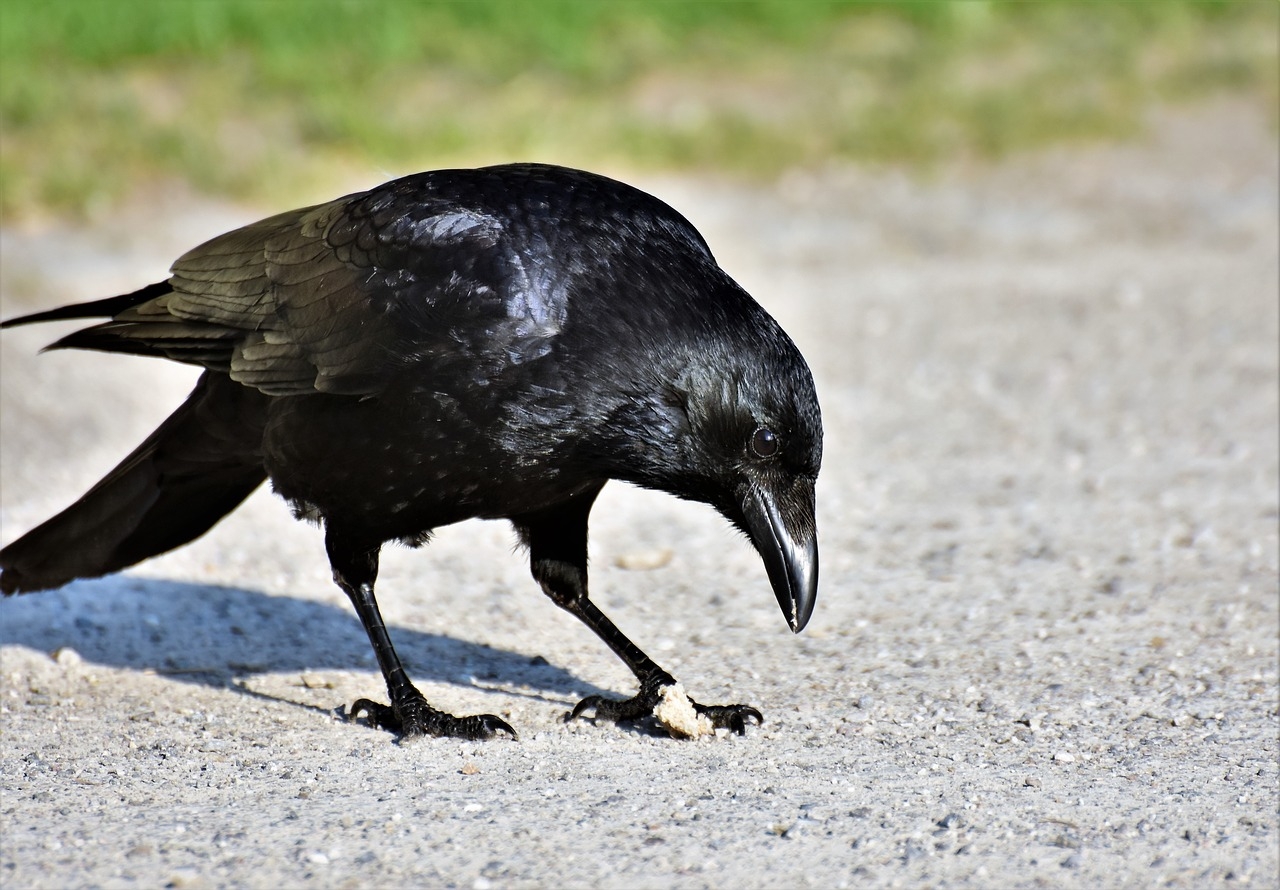For the past few weeks, my morning drive to work has taken me right by a Wilson's Snipe. The small shore bird, with its pebbly tan body and white chest and incredibly long beak, is always perched on a fence rail overlooking a damp field.
The beak makes the bird.
I looked the bird up and learned that these birds are shy, nest in well-hidden spots, use their long beak to probe soft earth for insects and worms, and have a special courtship flight that involves flying high in circles then making shallow dives to produce a distinctive noise. And, I learned they were named for Alexander Wilson, a man who's considered the greatest American ornithologist after John James Audubon, but who is definitely not a household name.
Wilson was born in 1766 in Scotland and started off on a weaving apprenticeship, though soon turned to writing poetry (some that was politically charged, most that was not good) and walking the countryside. After failing in writing and in love, he journeyed to America in 1794, settling near Philadelphia.
He began working as a schoolteacher, then in 1801, left his job over a second love affair gone wrong - this time with a married woman. He started teaching again in Gray's Ferry, Penn., and lived down the street from naturalist William Bartram.
At Bartram's urging, Wilson decided to produce a collection of drawings of birds. He spent much time outside, alone, once journeying from Gray's Ferry to Niagara Falls. In 1806, he took a job at Roe's Cyclopedia and studied and drew birds in his spare time. He continued with his journeys through the forests, and in 1808, he published his first volume of ornithology, which included his drawings and notes on the behaviors and habitats of the birds.
He continued to travel, trying to garner subscribers for his volumes on ornithology, hitting towns from Maine to Georgia. At one point in February, he decided to take a small skiff down the Ohio River for 720 miles, floating to Cincinnati. By the end, his hands were stiff and unfeeling. He later rode through the thick swamps from Lexington to Nashville, battling dysentery and forests so thick there was barely the light of day.
He went on to publish his volumes, gaining national and international recognition. He took a final long journey north in late 1812, saying he was devoted to finishing his work, even if it killed him, which seemed to be prophetic as he died of dysenterry in 1813.
I love these stories of American naturalists. I'm not exactly sure why. Maybe because I enjoy the outdoors, and like to imagine what it would've been like to walk through a land where much of what you saw was still unnamed. Maybe because they're the ultimate adventurers, risking their lives and forgoing a comfortable existence in the effort of identifying the plants and animals around them.
Maybe because, in a very small way, it reminds me a bit of writing. Setting off into the unknown. Not exactly sure of what you'll find. Going along for the journey anyway.
Hopefully writing won't kill me. Sometimes, especially in the middle of first drafts or tenth revisions, I wonder. But I do it anyway. And I know I'll discover something along the way.
__________
resources: wilsonsociety.org | xroads.virginia.edu
American Ornithology by Alexander Wilson | portrait of Alexander Wilson attributed to Thomas Sully

